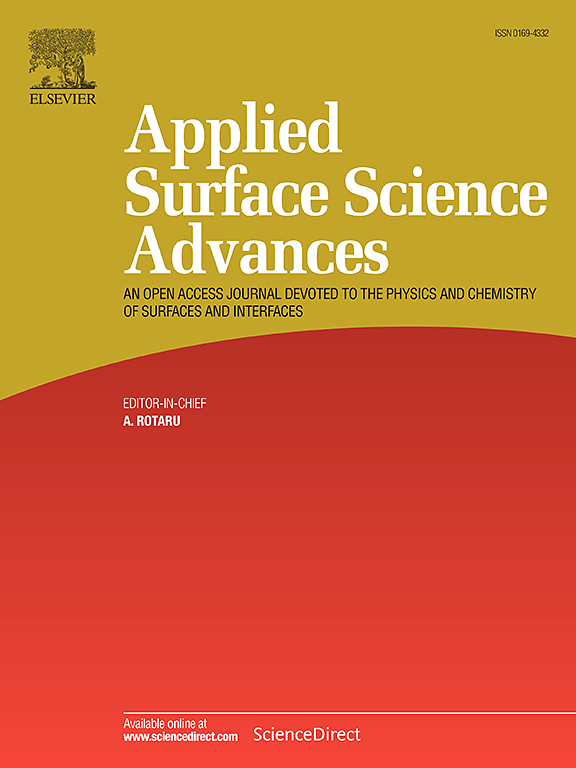Biochar-derived photocatalysts for pharmaceutical waste removal, a sustainable approach to water purification
IF 7.5
Q1 CHEMISTRY, PHYSICAL
引用次数: 0
Abstract
In the past few years, the utilization of pharmaceutical compounds has considerably increased to treat human and animal diseases. The pharmaceutical waste, processed or unprocessed, is being released into water systems. This contamination leads to the death of millions of people across the globe annually. Tailored treatment procedures are effectively employed to remove these compounds. However, many of these techniques suffer from high-cost apparatus, generation of secondary pollutants, and sludge etc. Conversely, adsorption combined with photocatalysis is an alternative, economical and efficient method for water remediation. This review delves deeper into the synthesis protocols of biochar derived photocatalysts and investigates their water purification applications. Specifically, studies focusing Fluoroquinolones, Tetracyclines, non-steroidal anti- inflammatory drugs (NSAIDs), Sulfa drugs, anti-bacterial, antiviral and anti-convulsant drugs have been explored. The degradation pathways of these drugs have been elucidated in detail along with the reaction parameters and kinetic studies. Notably, the highest removal efficiency reported to date for these drugs is 100 % with recyclability up to 8 cycles, maintaining minimal efficacy decline. Literature has explained that the use of bare biochar does not perform effectively. On the contrary, combining it with other materials including metal oxides, MOFs, CNTs significantly enhances its efficiency. The practical implementation of BC nanocomposites in the real-world water systems is in infancy and requires scalability. Moreover, the regeneration studies of the photocatalysts are restricted to fewer cycles and needs upgradation. This review aims to open avenues for future research in the domain of photocatalytic degradation of pharmaceutical waste in wastewater.

生物炭衍生光催化剂用于制药废物的去除,一种可持续的水净化方法
在过去几年中,药物化合物在治疗人类和动物疾病方面的利用已大大增加。经过处理或未经处理的医药废物正被排放到水系统中。这种污染每年导致全球数百万人死亡。量身定制的处理程序可以有效地去除这些化合物。然而,这些技术存在设备成本高、产生二次污染物、产生污泥等问题。相反,吸附与光催化相结合是一种替代的、经济有效的水修复方法。本文综述了生物炭衍生光催化剂的合成方法,并对其在水净化中的应用进行了研究。特别是氟喹诺酮类药物、四环素类药物、非甾体类抗炎药(NSAIDs)、磺胺类药物、抗菌、抗病毒和抗惊厥药物等方面的研究已经展开。详细阐述了这些药物的降解途径,并进行了反应参数和动力学研究。值得注意的是,迄今为止报道的这些药物的最高去除效率为100%,可循环使用达8次,保持最小的功效下降。文献解释了裸生物炭的使用效果不佳。相反,与金属氧化物、mof等其他材料结合后,CNTs的效率显著提高。BC纳米复合材料在现实水系统中的实际应用还处于起步阶段,需要可扩展性。此外,光催化剂的再生研究仅限于较少的循环,需要改进。本文旨在为今后光催化降解废水中制药废弃物的研究开辟道路。
本文章由计算机程序翻译,如有差异,请以英文原文为准。
求助全文
约1分钟内获得全文
求助全文

 求助内容:
求助内容: 应助结果提醒方式:
应助结果提醒方式:


